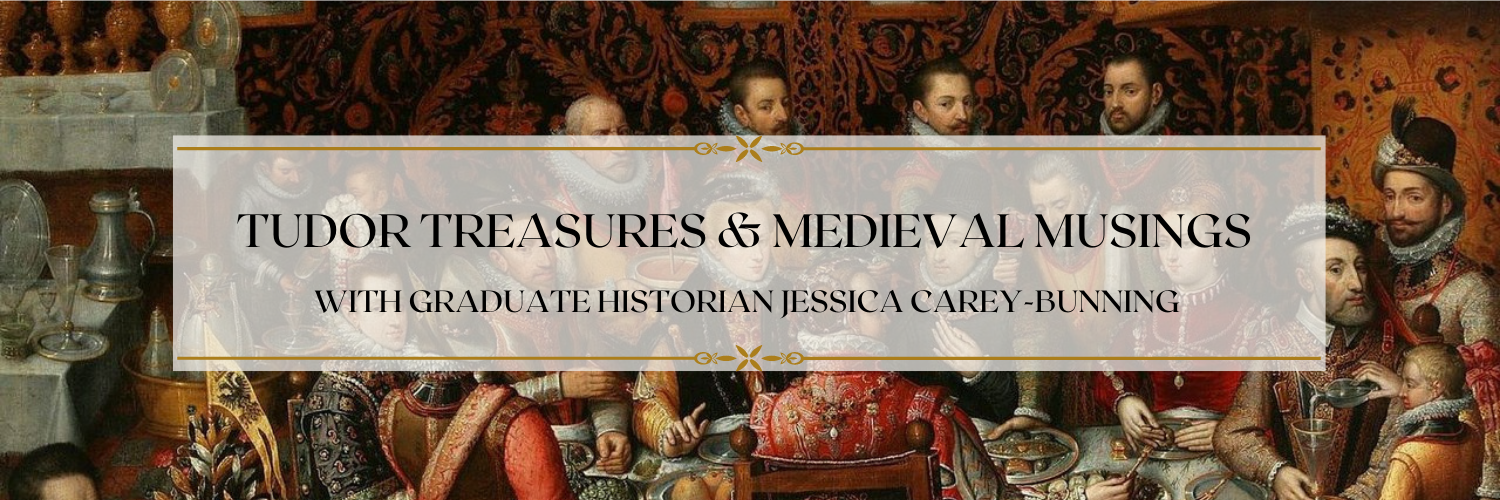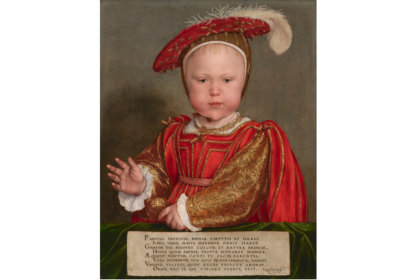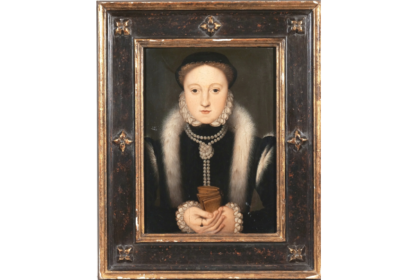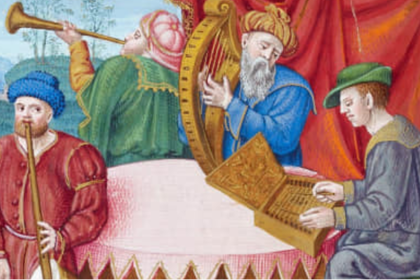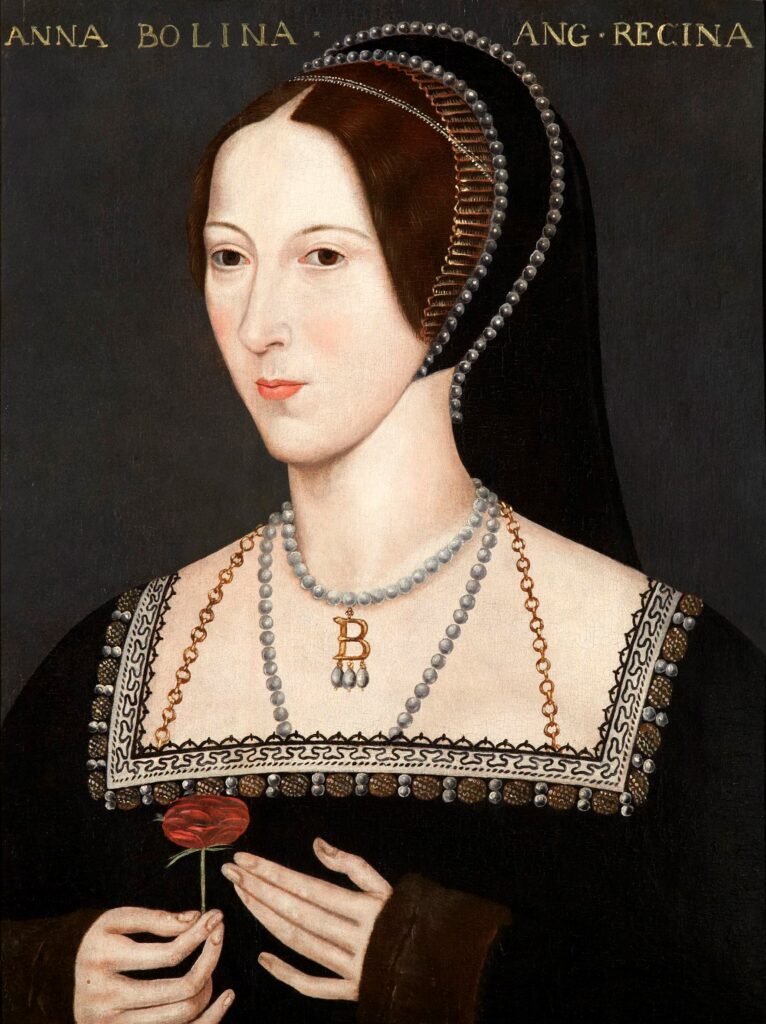
It is well-known that the relationship between Mary and her fourth stepmother, Catherine Howard, was tense. Their relationship was the opposite of the warm affection that grew between Catherine and the young Elizabeth, which you can read about here. Mary was 25 years old at the time of her father’s fifth marriage, and estimates place Catherine at somewhere between 15 and 18 years of age. Mary was also close to Catherine’s predecessor, Anne of Cleves; the circumstances of her father’s annulment of that marriage, with the justification of a marital pre-contract (amongst other things), and hasty remarriage to Catherine, probably stirred up memories of the annulment of Henry’s marriage to Mary’s mother, Katherine of Aragon, in favour of Anne Boleyn, many years prior. Not only that, but Anne Boleyn and Catherine Howard were cousins, which must have been a painful association for Mary. So it is easy to understand why Mary would have complex feelings for the new Queen.
One of the pieces of evidence we have of this fractious relationship is a letter written by Eustace Chapuys, the Spanish ambassador and Mary’s erstwhile advocate, on the 5th December, 1540, to a maternal cousin of Mary’s, governor of the Netherlands, Mary of Hungary:
‘The Princess, having heard from me that the attempt lately made to take away from her two of her maid servants proceeded entirely from this new Queen, who was rather offended at her not treating her with the same respect as the two preceding ones, has found some means of conciliation with her, so that she thinks that for the present, at least, her two maids will not be dismissed from her service. The Princess, however, enjoys at present good health. May God be praised for it!’
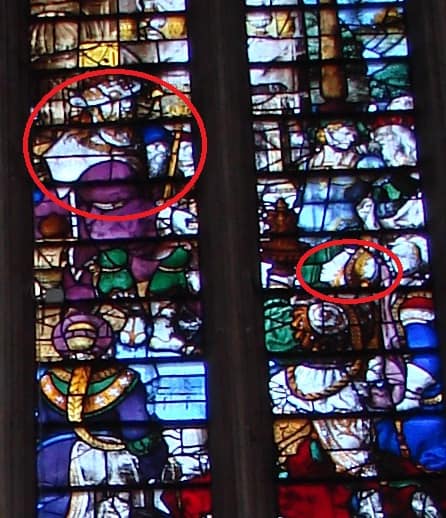
It is unclear how exactly Mary caused offence. As Chapuys implies, perhaps it was just that Mary failed to show the same level of respect to Catherine, rather than any particular event. She was known to be very close to Jane Seymour, who took a personal interest in Mary’s rehabilitation in her father’s affections, and as I’ve already touched on, her friendship with Anne of Cleves was enduring despite religious differences. So it may have just been that Catherine felt snubbed in comparison. We are also left to speculate how Mary was able to rectify the situation. We know from another letter Chapuys wrote in early January 1541 that Mary won further favour by sending – again unknown – New Years gifts to Catherine and Henry:
‘The Princess [Mary] has on this New Year’s day sent her [Catherine] a present, at which the King, her father, has been much pleased, as well as at one he himself has received from her. And as I have been told by the messenger who took both the presents, not only was the King extremely delighted, but he has sent her back by the same bearer two most magnificent new year’s gifts, as I am given to understand, both from himself and from his queen.’
Most accounts of Mary and Catherine go no further in assessing the relationship; they suggest that whilst there was perhaps some ongoing, underlying tension, Mary was able to smooth things over sufficiently to stay in Henry and Catherine’s good graces.
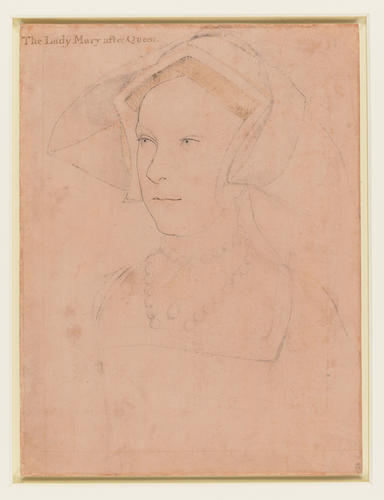
There is another letter, however, sent a month later on the 6th February, 1541, which suggests that Catherine continued to take issue with Mary’s treatment:
‘The Princess recommends herself most humbly to Your Majesty’s good graces. She is, thank God, in good health just now, though exceedingly distressed and sad at the death of one of her damsels, who has actually died of grief at her having been removed from her service by the King’s order.’
We cannot say for sure which of Mary’s many ladies was dismissed and subsequently ‘died of grief.’ In royal household accounts from this period, an attendant or servant’s final payment would have ‘nihil’ written next to it, and I can find no such entry for any of Mary’s ladies during this period. There are just too many names in the household accounts that we have no information on, making it nigh-on impossible to make a deduction on the lady’s identity.
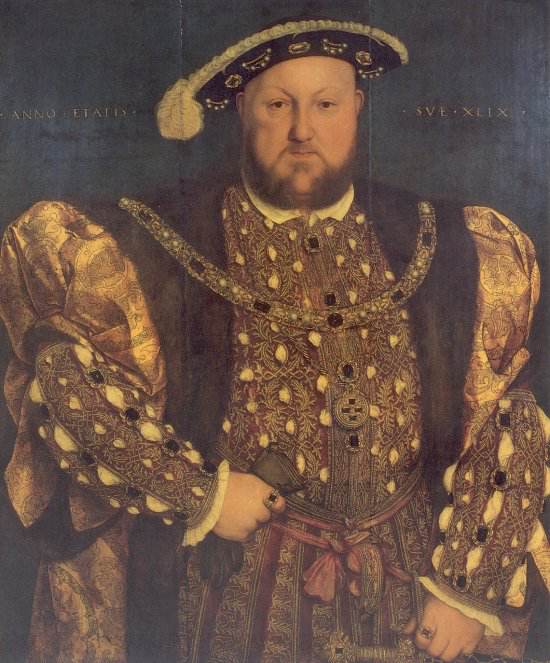
Now, it is of course possible that Henry dismissed this lady-in-waiting for a completely different offence; it may have been the behaviour of the lady in question, rather than something Mary did, which led to her dismissal. However, given that Catherine had specifically tried to impose the same punishment just two months earlier, it seems to me that this dismissal was also the result of Mary’s behaviour towards Catherine – or at least Catherine’s perception of it – at some point after the New Years gift exchange, and before Chapuys’ letter, sent at the end of the first week of February.
Given Chapuys’ account that Mary was ‘exceedingly distressed and sad at the death,’ it seems unlikely that the punishment would have improved her opinion of her new stepmother. Mary no doubt learned to be outwardly courteous, but we have no reason to believe that she warmed to Catherine; if anything, she may have felt vindicated once the accusations of sexual impropriety and infidelity against Catherine became public knowledge.
Top images: Portrait of Mary by Master John, c.1544 (left); portrait of a Young Woman, possibly Catherine Howard, by the workshop of Hans Holbein, c. 1540-45 (right)
